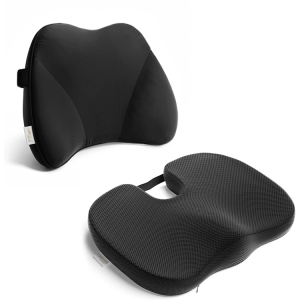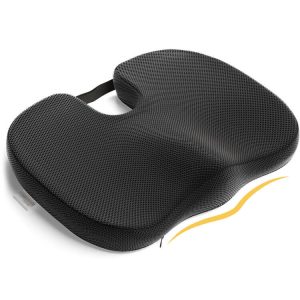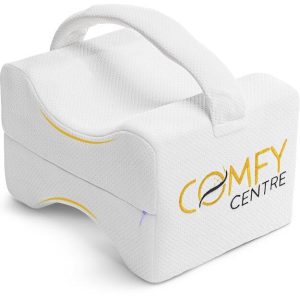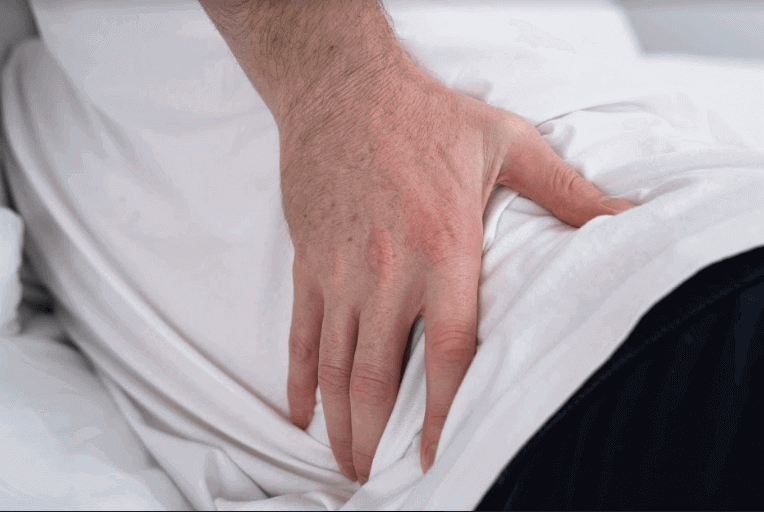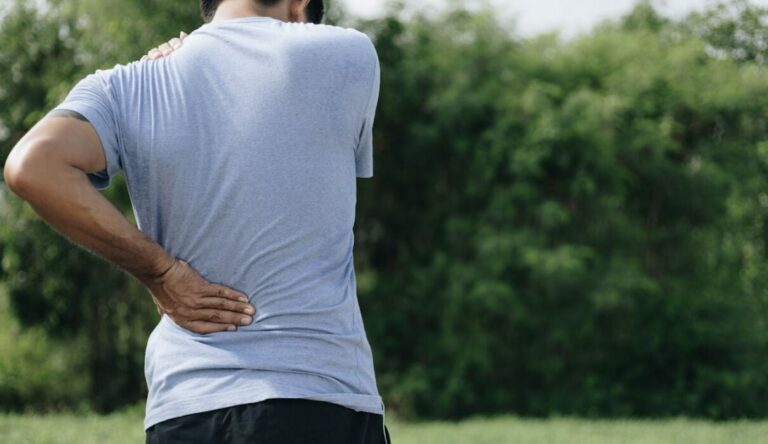
Back pain is one of the biggest contributors to back pain in adults is their workplace. But for construction workers, they’re even more likely to experience severe back pain. Construction workers are placed at a big risk of feeling back injury/pain while working on the job due to their different physical tasks.
We expect work to be difficult, challenging, and worthwhile, but all of that hard work can end in a lifetime of misery.
Healing back pain prompted in the workplace starts with knowing why this pain has happened.
Here’s Why Warehouse Workers Are Prone To Back Pain
Long hours
Warehouse workers usually work more than 40 hours per week, making them feel very exhausted and prone to illnesses. Since most of of their tasks involve the lifting of heavy materials and they spend a lot of time doing it, they become prone to back pain.
Lifting heavy objects
At their workplace, warehouse workers deal with lots of boxes, equipment, and many more. Since all of them are always willing to do those to finish the job, the result is back pain.
Extended hunching while standing or sitting can make your back, core, and abdominal muscles become strained and sore, decreasing their blood supply and gradually producing stiffness and vulnerability in the trunk and lower back. In addition, an unsupported sitting posture puts a small forward bend on the spine.
Incorrect posture stance
An incorrect-lifting technique can cause your lumbar disc to herniate, causing it to refer to pain in the lower back and/or radiate pain into your leg through a nearby spinal nerve.
Unequal lifting - bending, twisting, or reaching when carrying heavy objects
Bending, succeeded by turning and twisting, was the more generally indicated movement that prompted back injuries. Strains and sprains from lifting loads inaccurately or carrying loads that are too large or too heavy are typical hazards connected with manually moving materials.
When employees apply smart lifting methods, they are less likely to experience back sprains, wrist injuries, muscle pulls, elbow injuries, spinal injuries, and other damages induced by lifting heavy objects.
Heavy tool belt weight
When fully stuffed or loaded, tool belts can have a weight of more than 50 pounds. This puts considerable strain on the lower hips and back. In addition, wearing tool belts for a lengthened period can lead to discomfort, pain, and fatigue.
Repetitive tasks
Repetitive actions such as pulling, twisting, bending, straining, and reaching can weaken and stress the structures of the spine and increase the risk of back pain that may even lead to injury.
Ways To Alleviate Lower Back Pain
Stretching and Breaks
One of the most dependable ways to prevent back pain and injury before it starts is by stretching. Of course, it's okay to have a break when you've drained yourself.
Even practicing five-minute breaks every so often can help provide your muscles with the rest they lack. When you stretch, you're developing your flexibility and relaxing up tight muscles. In addition, you'll be adjusting your muscles and joints for long periods of physical effort as well as sitting and standing.
Getting regular breaks out of your day to stretch is essential in blocking workplace-related back pain and injuries.
Simply getting a few minutes out of your schedule from time to time to do a few easy stretches can reinvigorate the muscles and work out some of the pains in your back that you may have acquired while working.
Feet Support
While standing for long hours, you can greatly decrease tension on the back by wearing cushioning and supportive footwear. If you often stand in one area all day, you can purchase special soft rubber rugs to stand on that imitates the benefits of orthopedic shoes. Finally, you can easily prop up one foot onto a box or footrest while you are standing to lessen the pressure. Make sure that you change feet every so often to dodge overtaxing the other foot.
Proper Sitting Posture
When you are constantly driving at work, make sure you're close enough to comfortably manage the steering wheel with your elbows angled slightly.
If you're too close, you may push yourself into a slouching position and result in danger in the event of a crash. If you're too far, you may need to bend over to see well, and the other reaching motion puts undue stress on your back and neck. Put a rolled-up towel or small pillow behind your lower back when you drive for further support.
Listen to your body
If you must sit for an extended period, alter your position regularly. Regularly walk around and lightly stretch your muscles to release tension.
Never Ignore Pain
Pain is your body’s method of letting you know something is not right. If you feel even a twinge, take it as a sign that you need to change, whether in your lifting procedure, your standing position, or your job itself. Then, don’t delay visiting your physiotherapist for an evaluation and some solutions.
Stretch Out Your Muscles Before Work
Stretching before work appears to be just one of those approaches that every job employer says, but it will truly help greatly, especially for jobs demanding physical labor! Stretching helps relax the muscles to keep them comfortable and active throughout the day.
Decrease Weight Loads - Or Get Help
You may be pondering whether you can lift that 100lb equipment without a sweat, but to your shock, that may immediately head directly to a muscle spasm or pull in your back. It’s a greater idea to carry more moderate loads or make fewer trips. In addition, if you have to move an extremely heavy item, ask another coworker for assistance.
Use A Lumbar Support
When you’re at home resting, it’s best to use a lumbar support when you’re sitting to make sure you are in optimal sitting posture. It alleviates back pain and helps you get into proper posture. It’s a long-term investment that delivers long-term results for your health.
Final Thoughts
It is very rewarding to complete a day at work. Exhaustion and fatigue can happen anytime and if you don’t take care of yourself well, you may not only lose your job, but also yourself. The last thing you want to do after a long, hard day at work is to relax - you deserve it.


